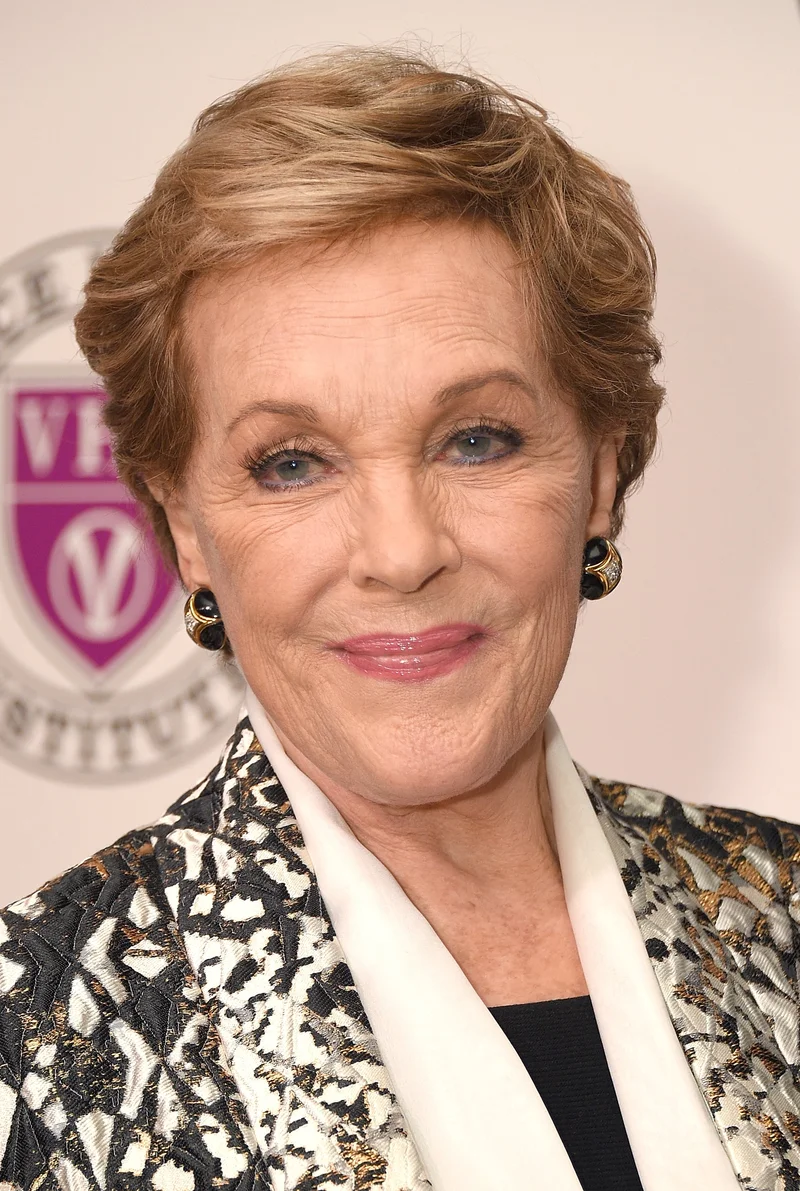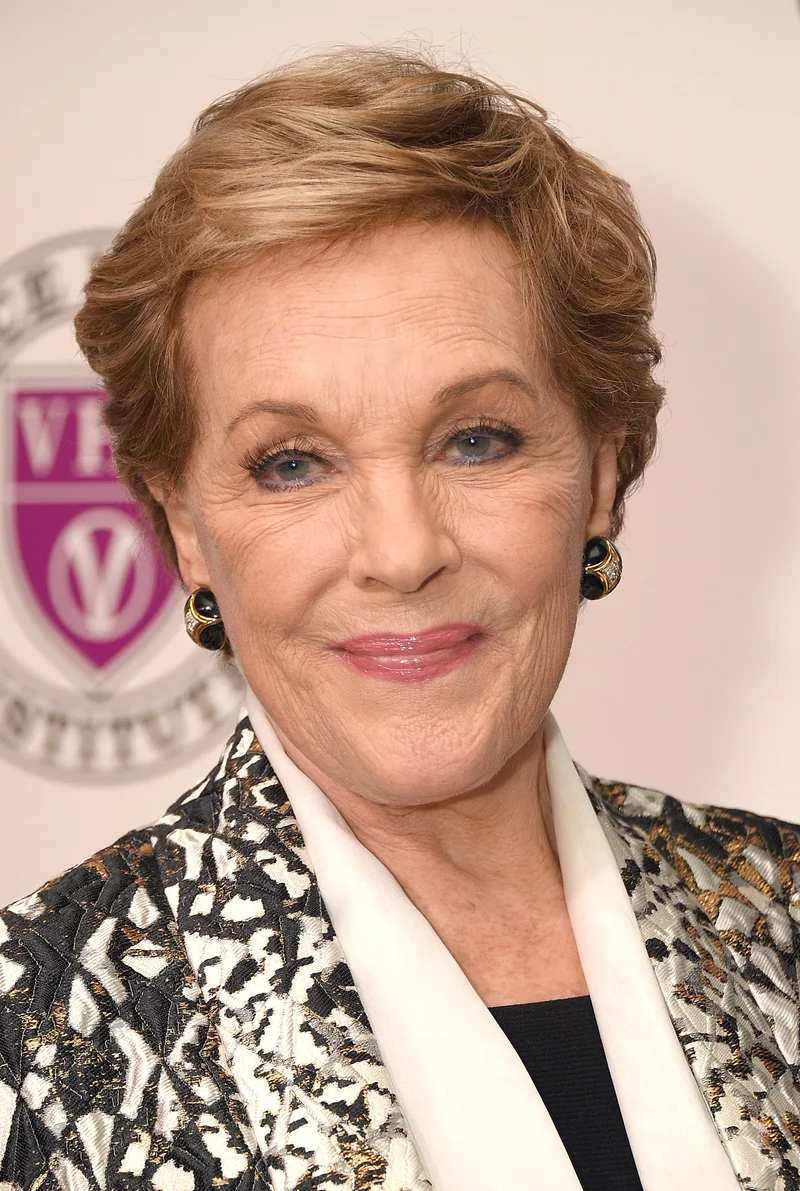Julie Andrews: Why Her Legacy Endures Beyond Her Iconic Voice
I spend my days analyzing systems. I look at code, at networks, at AI, searching for the elegant designs and breakthrough architectures that will define our future. But today, on the 90th birthday of Dame Julie Andrews, I find myself thinking about one of the most perfect biological systems ever deployed: her voice.
We think we know the story. We see the crisp governess in Mary Poppins or the rebellious nun in The Sound of Music and we hear a sound so pure, so effortlessly perfect, it feels like a law of physics. It was a voice with a four-octave range, discovered in a girl who had an adult larynx at age eight—a biological anomaly, a one-in-a-billion piece of hardware. This system was stress-tested in the London blitz, refined on Broadway, and then unleashed on the world in 1964 and 1965 in a one-two punch that remains unparalleled. The success was staggering—it meant that for millions of people, the very idea of a perfect melody or a flawlessly articulated lyric was inextricably linked to the sound that came from Julie Andrews.
But to focus only on the perfection of the instrument is to miss the complexity of the user. This was never a simple, one-function machine. This was the “nun with the switchblade,” the woman who drove around with a “Mary Poppins Was a Junkie” bumper sticker just to poke a hole in the very image she was creating. Even as The Sound of Music was becoming a global phenomenon, Julie Andrews was already attempting to hack her own source code. She starred in The Americanization of Emily, a film with no songs and plenty of sharp edges. She worked with Hitchcock. She spent the seventies and eighties collaborating with her husband, the director Blake Edwards, on a series of projects that systematically dismantled her “wholesome” brand.
She played a movie star trying to sex up her image in S.O.B., a role that famously included on-screen nudity. Then came Victor/Victoria, a queer musical farce where she masterfully played a woman pretending to be a man. It was subversive, it was hilarious, and it was a runaway hit. What does this tell us? It shows an operator who was constantly testing the limits of her own system, refusing to be defined by her most popular application. She understood, long before the rest of us, that the hardware—the voice—was only as good as the software—the intelligence, the wit, the daring—that was running on it.
When the Hardware Fails, Upgrade the Software
The Catastrophic System Crash
Then, in 1997, the unthinkable happened. The system suffered a catastrophic, unrecoverable failure. After a run on Broadway in Victor/Victoria, she underwent what was supposed to be a routine operation to remove a non-cancerous lesion from her vocal cords. The headlines often frame this as “The Heartbreaking Story of How Julie Andrews Lost Her Iconic Singing Voice.” And it is heartbreaking. But I think that title misses the point. It frames it as an ending. What I see is not a story about loss, but a story about the single most profound system reboot I have ever witnessed.
The surgery was a disaster. It left her vocal cords permanently scarred—in simpler terms, the delicate, vibrating tissue that produced that once-in-a-generation sound was now stiff and damaged, like a precision instrument that’s been irrevocably warped. In her malpractice lawsuit, she stated, “Singing has been a cherished gift, and my inability to sing has been a devastating blow.”

Imagine that. Imagine if the one tool, the one singular gift that has defined your entire career and identity, was taken from you overnight. What do you do? This is not just a celebrity tragedy; it’s a deeply human question that resonates powerfully in our own age of disruption. What happens when the skill you’ve honed for decades is suddenly rendered obsolete by a new technology or a changing market?
This reminds me of the invention of the printing press. Suddenly, the master calligrapher’s unique, hand-honed skill is made redundant. Does the calligrapher become useless? Or do they become the editor, the typesetter, the publisher—the mind directing the new technology?
Julie Andrews, faced with the silence of her primary instrument, didn't shut down. She pivoted. She initiated a reboot. She began the difficult work of finding new outputs for her formidable intelligence.
The first major update came with The Princess Diaries. She couldn’t sing the lead, but she could deploy her regal bearing, her impeccable diction, and her razor-sharp comic timing as Queen Clarisse Renaldi. It was a brilliant new application, leveraging a different aspect of her core processing power. She followed it with voiceover work, lending her distinctive speaking voice to franchises like Shrek and Despicable Me.
But for me, the masterstroke, the ultimate expression of this incredible adaptation, is her role as the narrator of Netflix’s Bridgerton. When I first heard her as Lady Whistledown, I honestly just sat back and smiled. It was a masterclass. The voice that once soared over the Alps was now a surgical tool of social commentary, every consonant a perfectly weighted weapon of wit and intrigue. The core software—the impeccable timing, the sly intelligence, the deep understanding of character—was still running at full capacity. It had just found a new interface. This is the kind of adaptability that reminds me why I believe in human potential in the first place.
Is Julie Andrews still alive? The question people search for online misses the vitality of the answer. At 90 years old, Julie Andrews is not just surviving; she is running a whole new operating system. She has become an advocate for vocal health, a children’s author, and the defining narrative voice for a new generation of television fans. She took a devastating loss and reverse-engineered a new career from its ashes. It’s a powerful lesson for all of us. We can be terrified of the future, of the skills that may become obsolete, or we can look at the Julie Andrews protocol: when the primary hardware fails, trust in the software. Trust in the core human algorithm of intelligence, resilience, and reinvention.
The Protocol for Reinvention
The story of Julie Andrews isn't about the loss of a perfect voice. It’s the ultimate blueprint for the human upgrade. It proves that our value isn’t in the tools we use, but in our infinite capacity to find a new way to make our mark when those tools are taken away. She didn’t just find a new voice; she showed us what it means to be resiliently, brilliantly, and indefatigably human.
Reference article source:
Related Articles
The Internet's Obsession With Julie Andrews: Why Everyone's Asking If She's Still Alive and What Her Legacy Really Is
So, Julie Andrews is 90. Is Julie Andrews still alive? Yeah, she is, and the internet is currently f...
